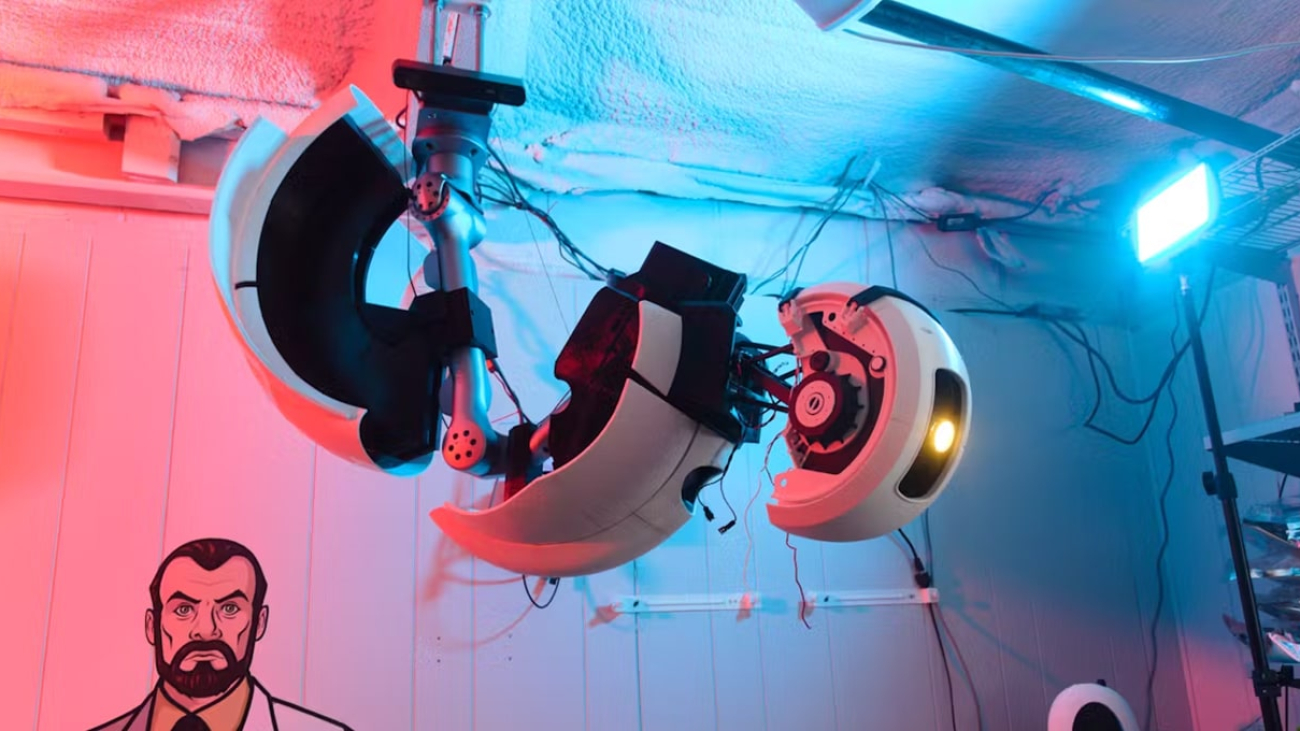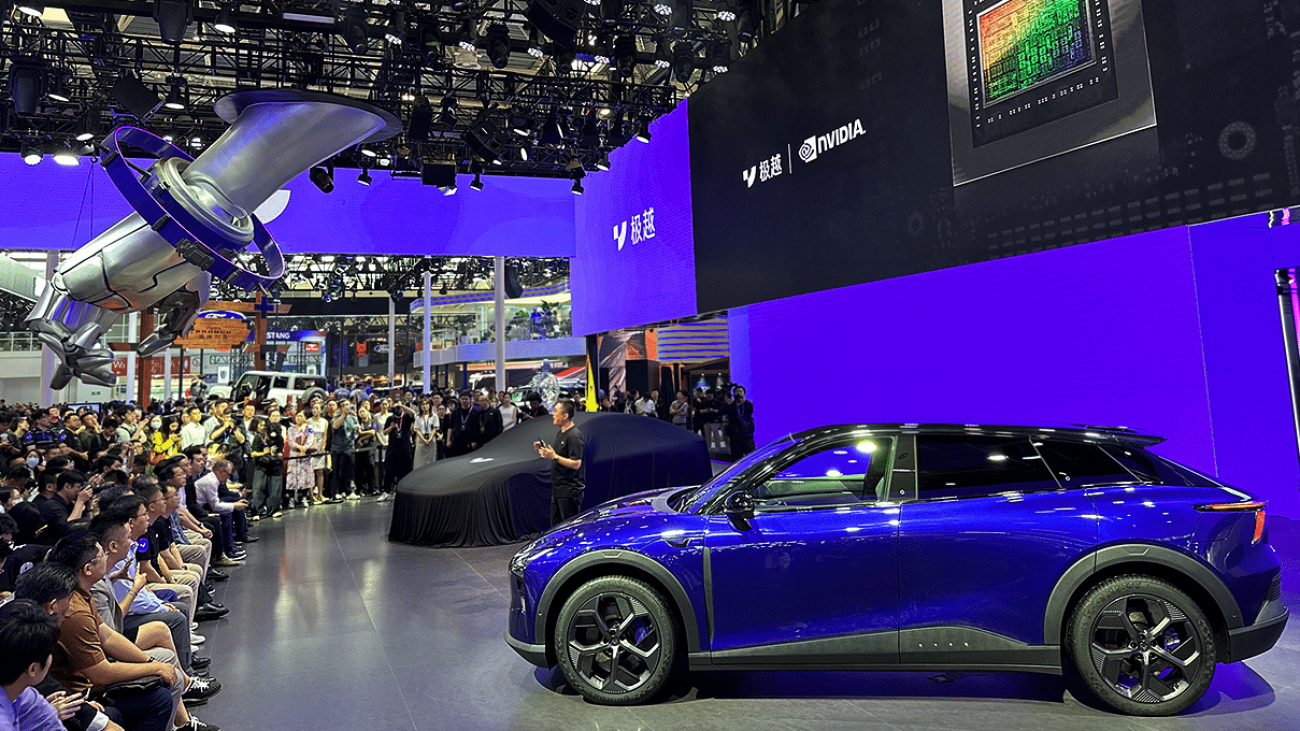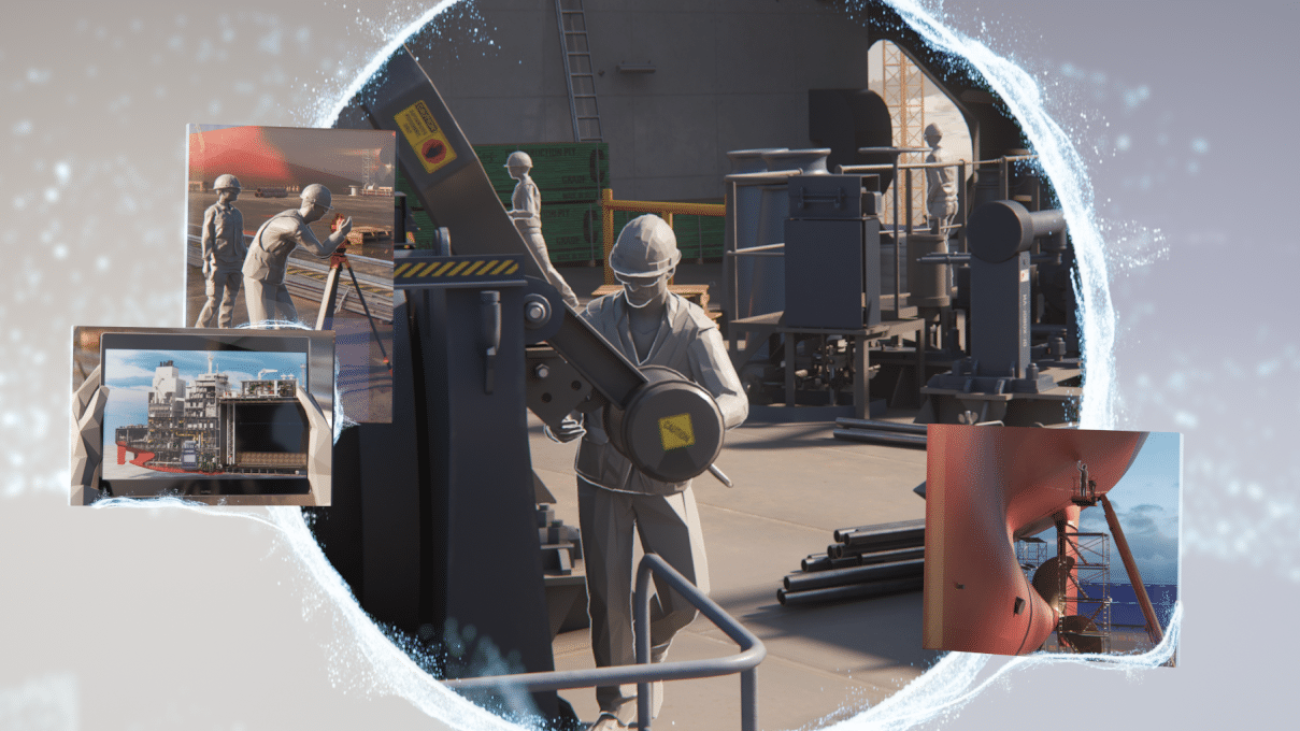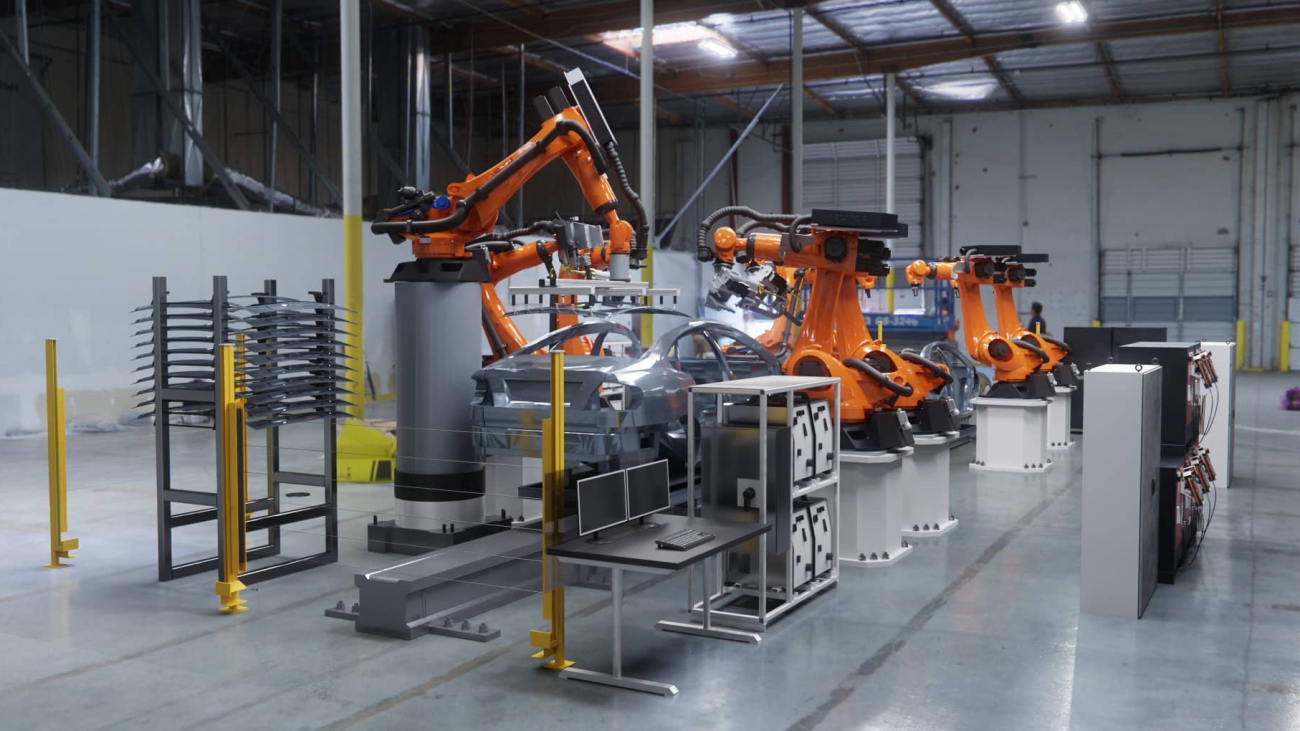Harnessing optimized AI models for healthcare is easier than ever as NVIDIA NIM, a collection of cloud-native microservices, integrates with Amazon Web Services.
NIM, part of the NVIDIA AI Enterprise software platform available on AWS Marketplace, enables developers to access a growing library of AI models through industry-standard application programming interfaces, or APIs. The library includes foundation models for drug discovery, medical imaging and genomics, backed by enterprise-grade security and support.
NIM is now available via Amazon SageMaker — a fully managed service to prepare data and build, train and deploy machine learning models — and AWS ParallelCluster, an open-source tool to deploy and manage high performance computing clusters on AWS. NIMs can also be orchestrated using AWS HealthOmics, a purpose-built service for biological data analysis.
Easy access to NIM will enable the thousands of healthcare and life sciences companies already using AWS to deploy generative AI more quickly, without the complexities of model development and packaging for production. It’ll also help developers build workflows that combine AI models across different modalities, such as amino acid sequences, MRI images and plain-text patient health records.
Presented today at the AWS Life Sciences Leader Symposium in Boston, this initiative extends the availability of NVIDIA Clara accelerated healthcare software and services on AWS — which include fast and easy-to-deploy NIMs from NVIDIA BioNeMo for drug discovery, NVIDIA MONAI for medical imaging workflows and NVIDIA Parabricks for accelerated genomics.
Pharma and Biotech Companies Adopt NVIDIA AI on AWS
BioNeMo is a generative AI platform of foundation models, training frameworks, domain-specific data loaders and optimized training recipes that support the training and fine-tuning of biology and chemistry models on proprietary data. It’s used by more than 100 organizations globally.
Amgen, one of the world’s leading biotechnology companies, has used the BioNeMo framework to train generative models for protein design, and is exploring the potential use of BioNeMo with AWS.
BioNeMo models for protein structure prediction, generative chemistry and molecular docking prediction are available as NIM microservices, pretrained and optimized to run on any NVIDIA GPU or cluster of GPUs. These models can be combined to support a holistic, AI-accelerated drug discovery workflow.
Biotechnology company A-Alpha Bio harnesses synthetic biology and AI to measure, predict and engineer protein-to-protein interactions. When its researchers moved from a generic version of the ESM-2 protein language model to a version optimized by NVIDIA running on NVIDIA H100 Tensor Core GPUs on AWS, they immediately saw a speedup of more than 10x. This lets the team sample a much more extensive field of protein candidates than they would have otherwise.
For organizations that want to augment these models with their own experimental data, NIM enables developers to enhance a model with retrieval-augmented generation, or RAG — known as a lab-in-the-loop design.
Parabricks Enables Accelerated Genomics Pipelines
NVIDIA NIM includes genomics models from NVIDIA Parabricks, which are also available on AWS HealthOmics as Ready2Run workflows that enable customers to deploy pre-built pipelines.
Life sciences company Agilent used Parabricks genomics analysis tools running on NVIDIA GPU-powered Amazon Elastic Compute Cloud (EC2) instances to significantly improve processing speeds for variant calling workflows on the company’s cloud-native Alissa Reporter software. Integrating Parabricks with Alissa secondary analysis pipelines enables researchers to access rapid data analysis in a secure cloud environment.
Conversational AI Technology Supports Digital Health
In addition to models that can decode proteins and genomic sequences, NIM microservices offer optimized large language models for conversational AI and visual generative AI models for avatars and digital humans.
AI-powered digital assistants can enhance healthcare by answering patient questions and supporting clinicians with logistics. Trained on healthcare organization-specific data using RAG, they could connect to relevant internal data sources to synthesize research, surface insights and improve productivity.
Generative AI startup Hippocratic AI is in the final stages of testing AI-powered healthcare agents that focus on a wide range of tasks including wellness coaching, preoperative outreach and post-discharge follow-up.
The company, which uses NVIDIA GPUs through AWS, is adopting NVIDIA NIM and NVIDIA ACE microservices to power a generative AI agent for digital health.
The team used NVIDIA Audio2Face facial animation technology, NVIDIA Riva automatic speech recognition and text-to-speech capabilities, and more to power a healthcare assistant avatar’s conversation.
Experiment with NVIDIA NIMs for healthcare and get started with NVIDIA Clara on AWS.


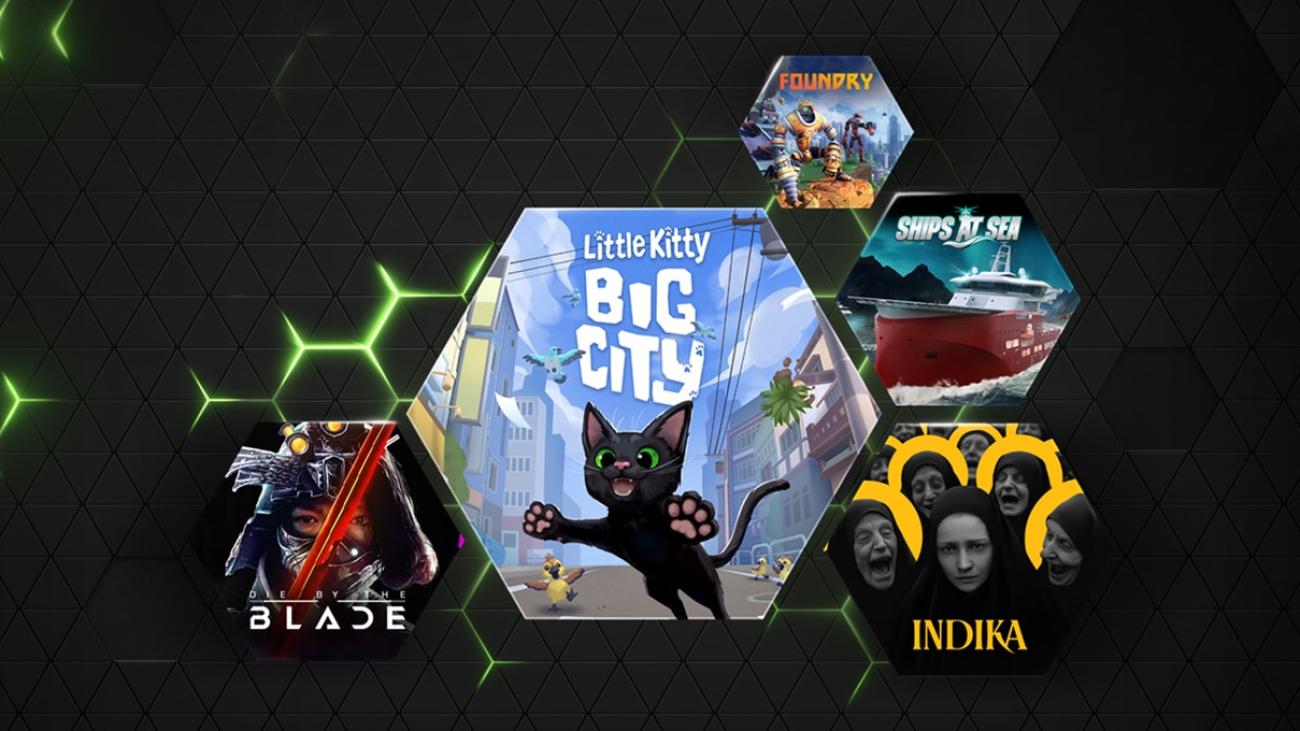



 NVIDIA GeForce NOW (@NVIDIAGFN)
NVIDIA GeForce NOW (@NVIDIAGFN) 
